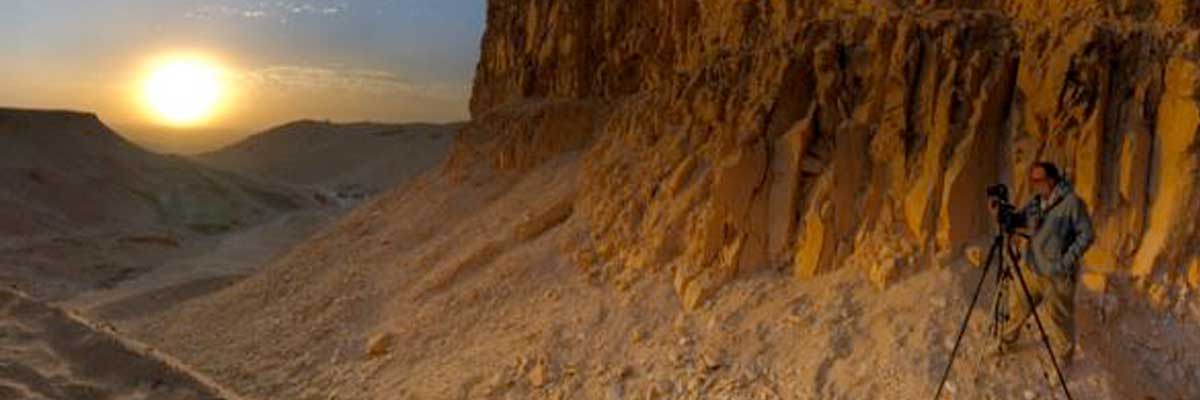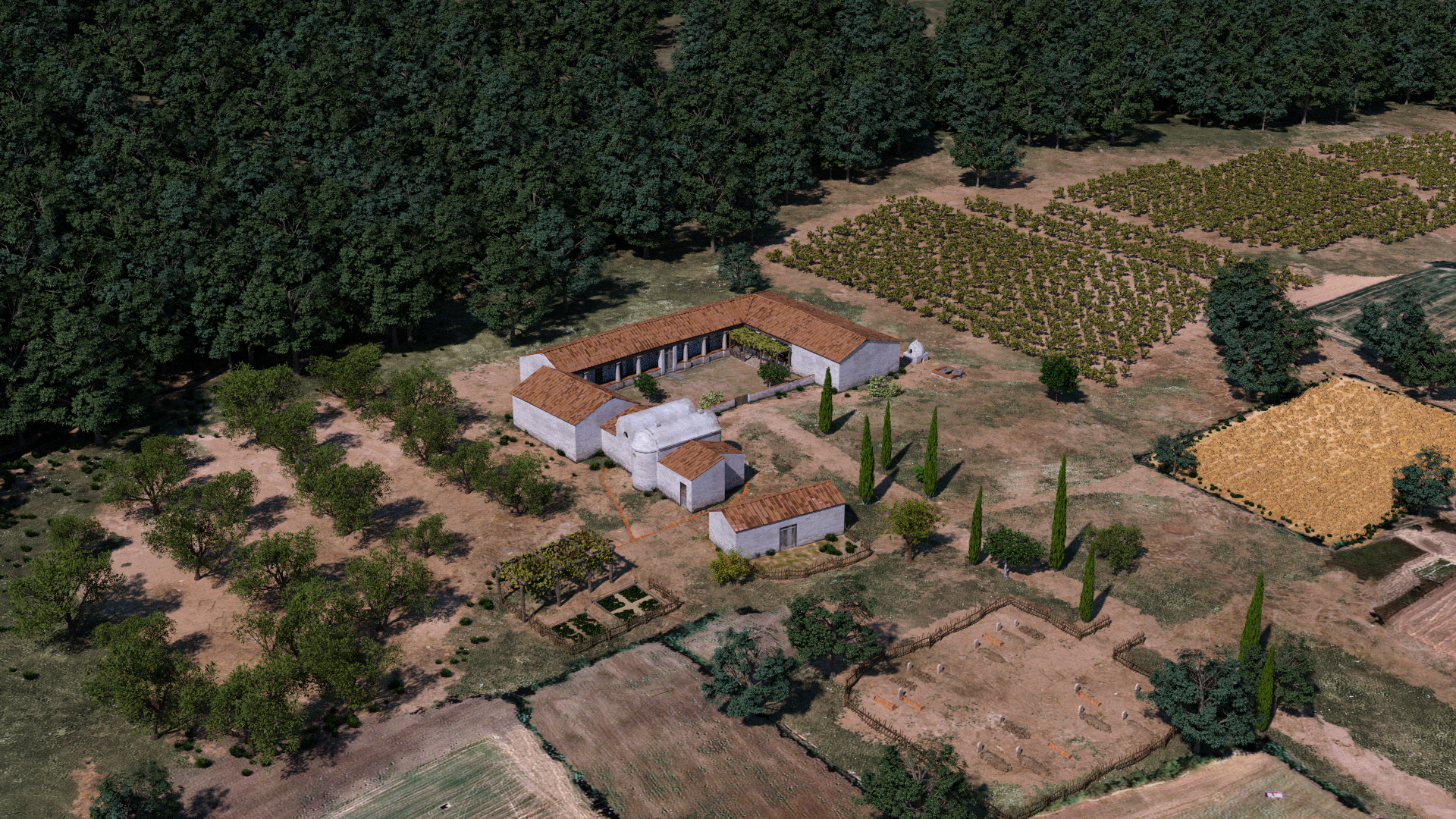
Royal Cache Wadi C2 Project: Why were they buried there?
The Theban necropolis is the largest archaeological site in the world. In 1881, a small valley in the centre of these mountains became the centre stage of world archaeology. Nearly half a hundred Pharaonic royal mummies of the all-powerful rulers of the 17th to 21st dynasties were found in the tomb known as TT 320.
Gaston Maspero, director of the Egyptian Antiquities Service at the time, theorised that the mummies had been removed from their original tombs and placed together in TT 320 to be hidden and protected from looters. From then on the small valley became known as Royal Cache Wadi.
The C2 Project has challenged this paradigm. The findings revealed in 5 years of work lead to the conclusion that:
– The site may have had a sacred origin from natural phenomena occurring in crevices and pareidolias in the mountain, which were associated with manifestations of divinity and whose only parallels are found in the Valley of the Kings and the Valley of the Queens.
– The valley seems to have a special relationship with solar cults and festivities related to the renewal of royal power and the deceased.
– The area could hold more tombs that would form the funerary epicentre of the Theban mountain in the New Kingdom.
– These posible tombs were very likely looted already in antiquity.
–

Period
From the Middle Kingdom (ca. 2050 BC) to the end of the XXI dynasty (ca. 1000 BC).
Institution
Faculty of Geography and History, Universidad Complutense de Madrid
Web and social networks
Principal Investigators
Dr. José Ramón Pérez-Accino Picatoste, Dr. María del Carmen Pérez Die, Dr. Francisco Moreno Arrastio and Dr. Bill Manley
Faculty of Geography and History, Universidad Complutense de Madrid
Dr. Hisham Elleithy
Center for Documentation and Study of Ancient Egypt, Ministry of Tourism and Antiquities, Egypt
Location
Valley C2, Thebes, Egypt
LOCATION
RESULTS
The structural symmetry found in the valley leads to identify at least three clear areas of intervention in ancient times, therefore, the results obtained can be grouped into three main areas:
- Identification of an effigy. Project C2 has identified a 30 m tall effigy carved into the rock face, the same height as the Sphinx at Giza.
Among the offerings found under the effigy that reaffirm the theory that we are located on an area of religious worship have appeared:
o Remains of a 6-meter crocodile
o Pieces of furniture
o Offering pottery with a drawing of the god Sobek
o Wooden figurine probably from a model of the Middle Kingdom
o A gazelle in a basket
o Remains of large birds (vultures)
o Abundant remains of bovine limbs
o Fragments of amulets
Among the remains that reaffirm the theory that we are located on a funerary area, we have found:
o A child mummy
o Remains of a “black coffin” (black coffin) of royal typology .
- In TT 320 we have located a phase prior to the deposition of the mummies indicating that the tomb was already built when they were moved to this site.
- We have cleaned the tomb MMA 1103 (Metropolitan Museum of Art 1103), a tomb adjacent to the valley that, because of its position, its structure and the remains found in it, seems to have been directly related to the events that occurred within the wadi. In it there is evidence of a continuous and repeated use of the space with internal modifications that point to a change of status of its owner.
In addition, a total of 147 graffiti have been identified throughout the valley, published by Cerny, Niwinski, Rzepka, Spiegelberg and Winlock, representing 13% of the total of 994 graffiti scattered throughout the Theban mountain. The graffiti located in the highest part of the wadi correspond in their great majority to names of priests of the Middle Kingdom who visited this place on the occasion of some type of celebration. Those located in the lower part are dated to the beginning and end of the New Kingdom.
FOTOS
VIDEO
- Bite marks confirm gladiators fought lions at York (Heritage Daily 23/04/2025) - 24 April, 2025
- Ancient DNA challenges long-held assumptions about the Mediterranean Phoenician-Punic civilization (Phys.org 23/04/2025) - 24 April, 2025
- Neolithic agricultural revolution linked to climate-driven wildfires and soil erosion (Phys.org 22/04/2025) - 23 April, 2025























